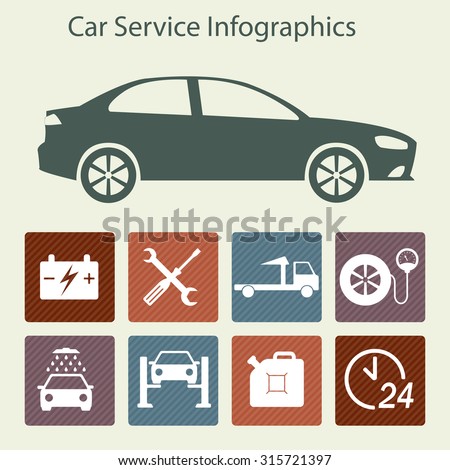Discover The Value Of The Dashboard Caution Lights In Your Cars And Truck To Make Sure The Health And Safety Of Your Automobile
Discover The Value Of The Dashboard Caution Lights In Your Cars And Truck To Make Sure The Health And Safety Of Your Automobile
Blog Article
Write-Up Author-Justesen Gross
When you lag the wheel, those beautiful warning lights on your control panel can be a bit difficult. Do you understand what they're trying to inform you regarding your auto's wellness? Understanding the value of these lights is vital for your safety and the durability of your automobile. So, the next time among those lights pops up, wouldn't you wish to analyze its message precisely and take the required actions to resolve it?
Common Warning Lighting and Interpretations
Recognize usual caution lights in your car and comprehend their significances to make certain secure driving.
The most common warning lights include the check engine light, which signifies problems with the engine or emissions system. If this light comes on, it's critical to have your automobile checked without delay.
The oil pressure cautioning light indicates reduced oil pressure, requiring immediate interest to avoid engine damage.
A blinking battery light could recommend a malfunctioning charging system, potentially leaving you stranded otherwise dealt with.
The tire pressure tracking system (TPMS) light notifies you to reduced tire pressure, influencing car security and fuel effectiveness. Neglecting boat repair services might lead to dangerous driving problems.
The ABS light suggests a problem with the anti-lock stopping system, jeopardizing your capacity to quit promptly in emergencies.
Finally, the coolant temperature level warning light warns of engine overheating, which can cause severe damages otherwise settled quickly.
Understanding these usual warning lights will help you attend to concerns quickly and maintain safe driving conditions.
Relevance of Prompt Interest
Comprehending the usual caution lights in your automobile is just the very first step; the value of quickly dealing with these cautions can not be highlighted sufficient to guarantee your safety when driving.
When https://motor-vehicle-chassis84051.blogchaat.com/30264963/aspiring-to-do-basic-auto-repair-work-with-self-confidence-learn-more-about-the-leading-five-important-tools-that-can-enhance-your-trip-in-vehicle-care illuminates on your control panel, it's your auto's means of communicating a potential concern that requires attention. Disregarding these cautions can lead to much more serious problems down the road, endangering your safety and potentially costing you more out of commission.
Prompt interest to advising lights can prevent breakdowns and accidents. For example, a flashing check engine light can show a misfire that, if left ignored, can cause damages to the catalytic converter. Resolving this immediately can save you from a pricey repair.
Similarly, a brake system advising light may indicate low brake fluid or worn brake pads, essential elements for your safety when driving.
DIY Troubleshooting Tips
If you see a warning light on your control panel, there are a couple of DIY troubleshooting suggestions you can attempt prior to seeking specialist assistance.
The first step is to consult your automobile's guidebook to recognize what the certain warning light shows. Often the problem can be as easy as a loose gas cap causing the check engine light. Tightening the gas cap may solve the issue.
One more typical issue is a reduced battery, which can cause numerous advising lights. Inspecting the battery connections for deterioration and guaranteeing they're protected might fix the trouble.
If a warning light lingers, you can attempt resetting it by detaching the vehicle's battery for a few mins and after that reconnecting it. In addition, inspecting your car's fluid degrees, such as oil, coolant, and brake fluid, can aid repair warning lights connected to these systems.
Verdict
To conclude, understanding your automobile's warning lights is crucial for keeping your vehicle running smoothly and securely. By quickly addressing these signals and knowing what they imply, you can avoid costly fixings and potential breakdowns.
Remember to consult your automobile's guidebook for specific information on each alerting light and do something about it as necessary to guarantee a hassle-free driving experience.
Stay educated, remain safe on the road!
